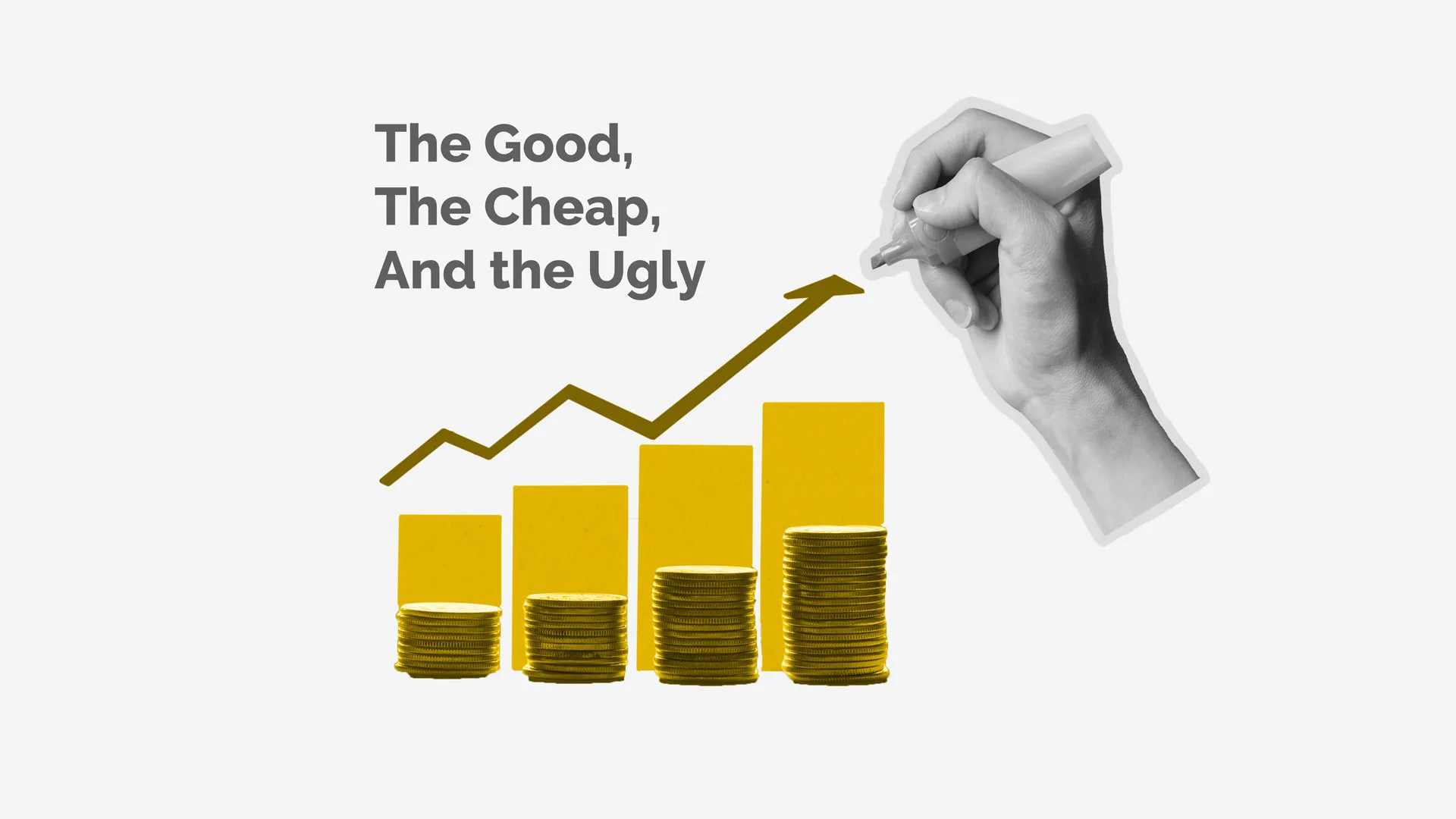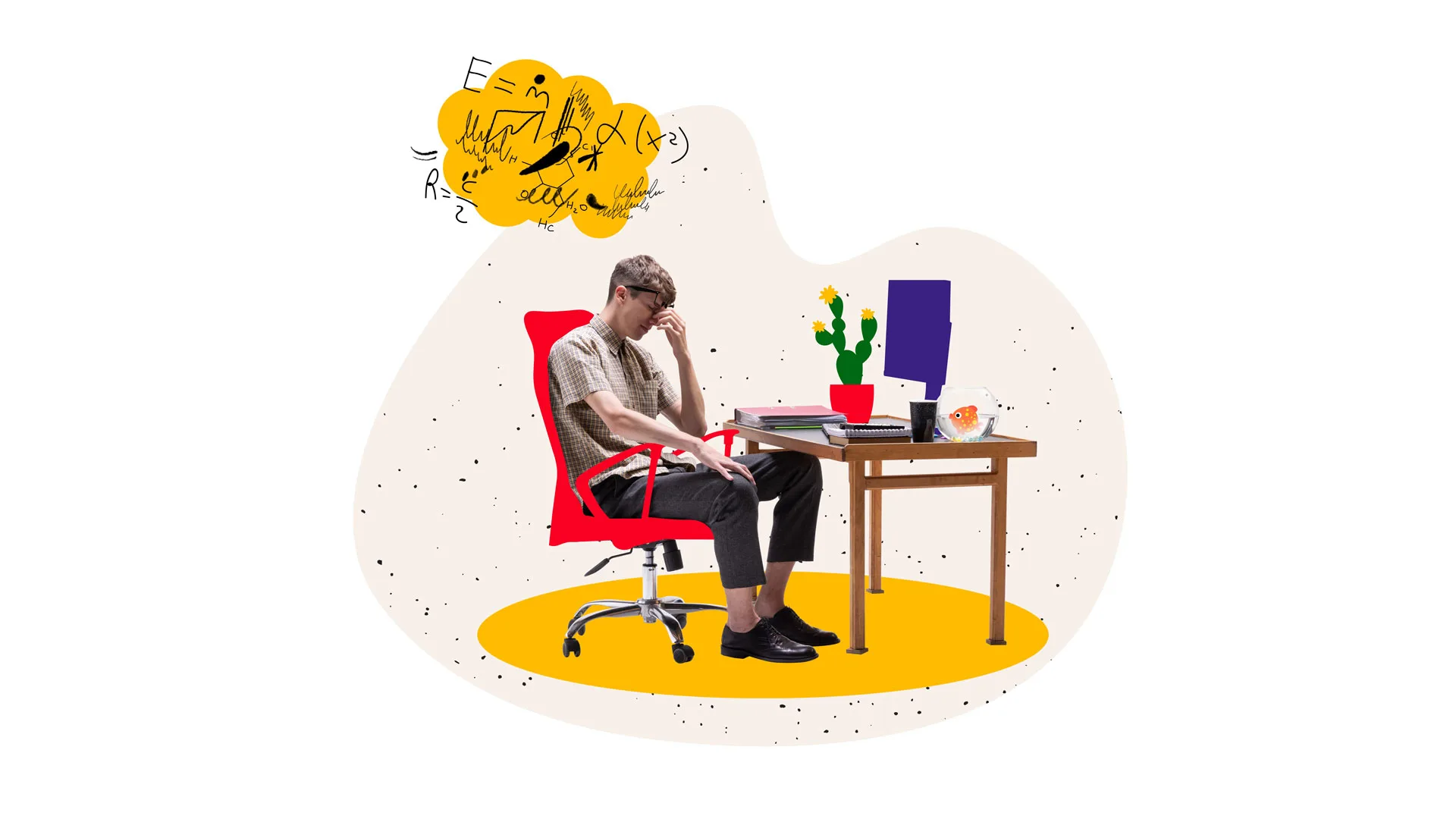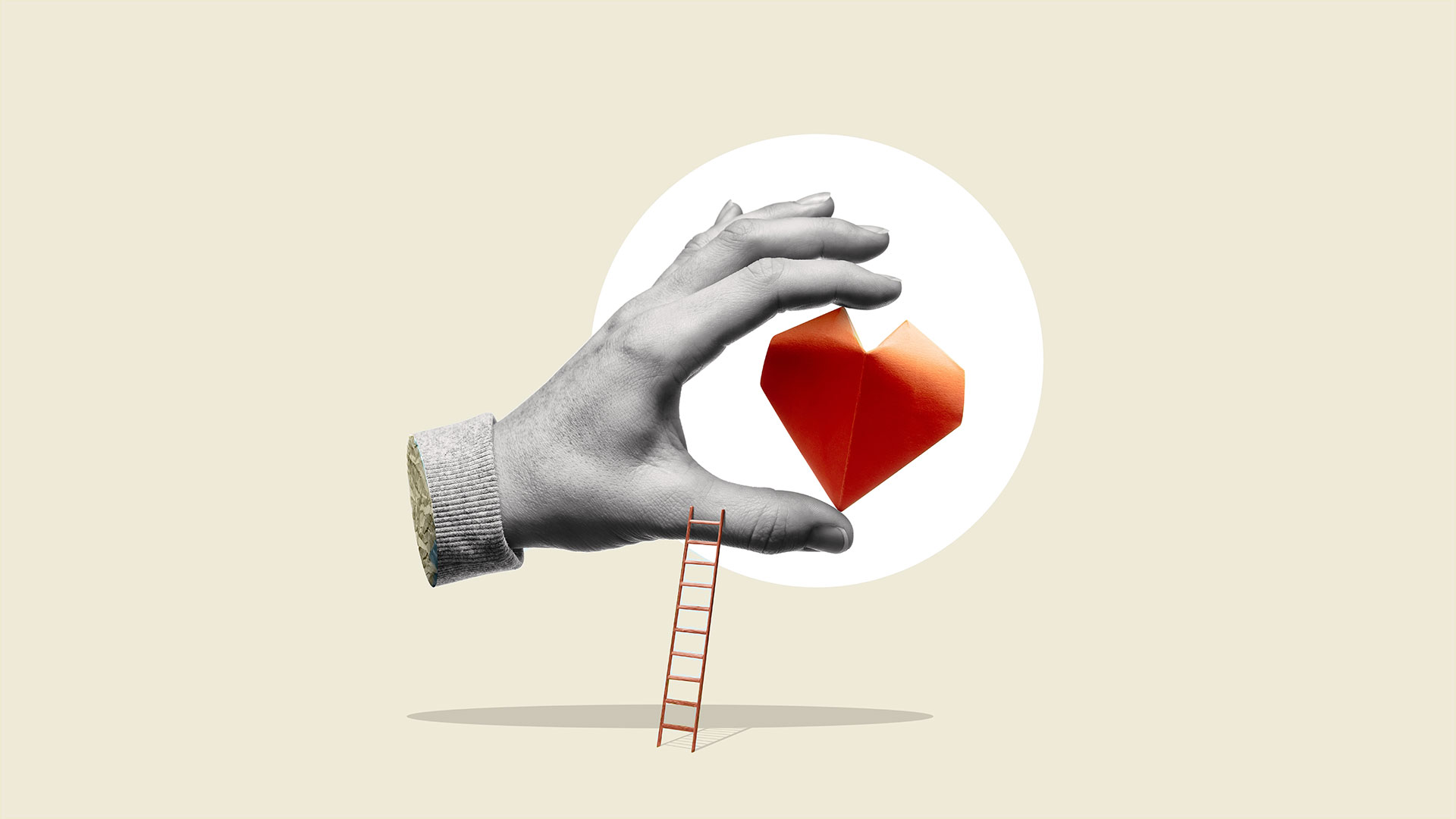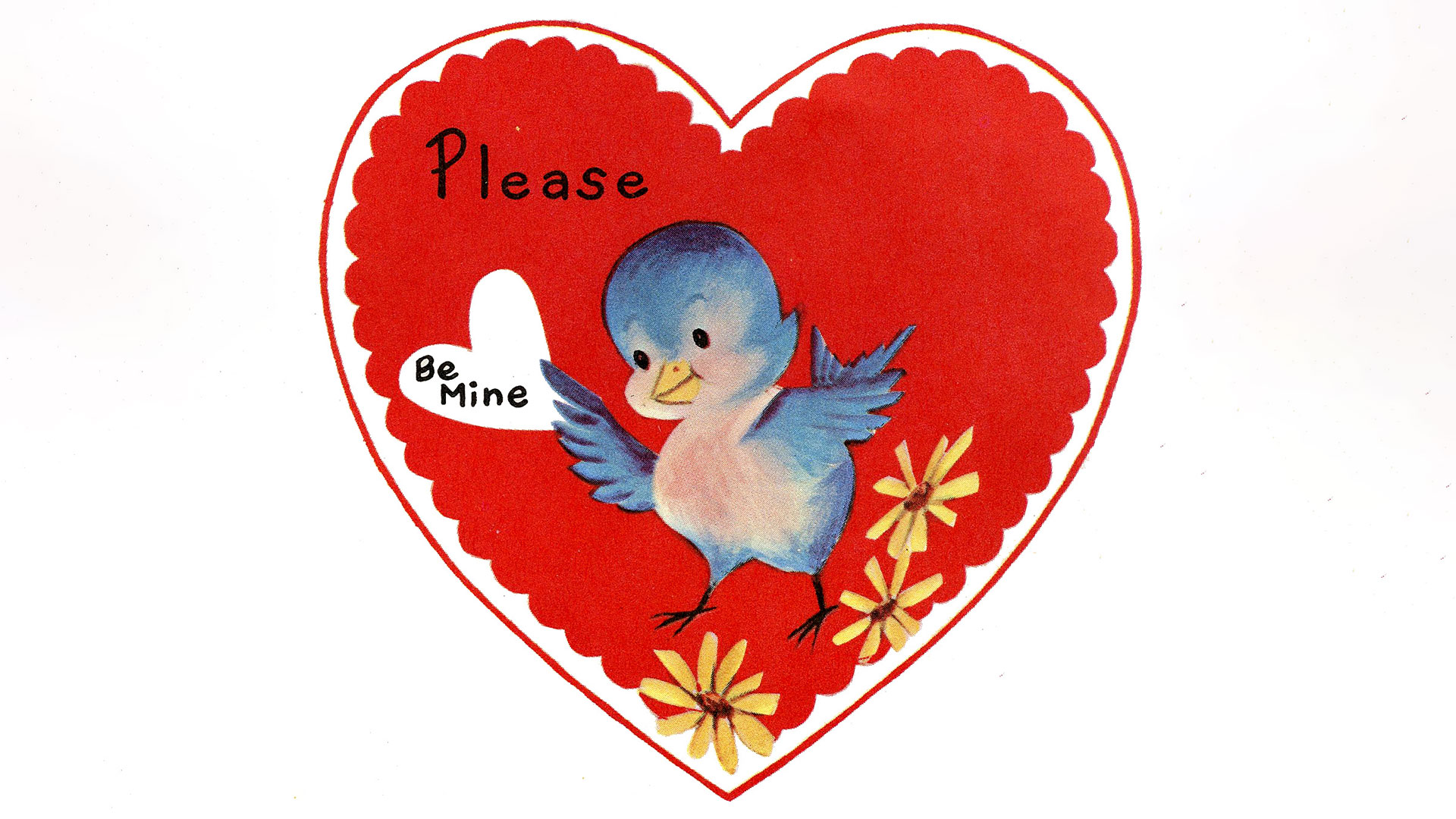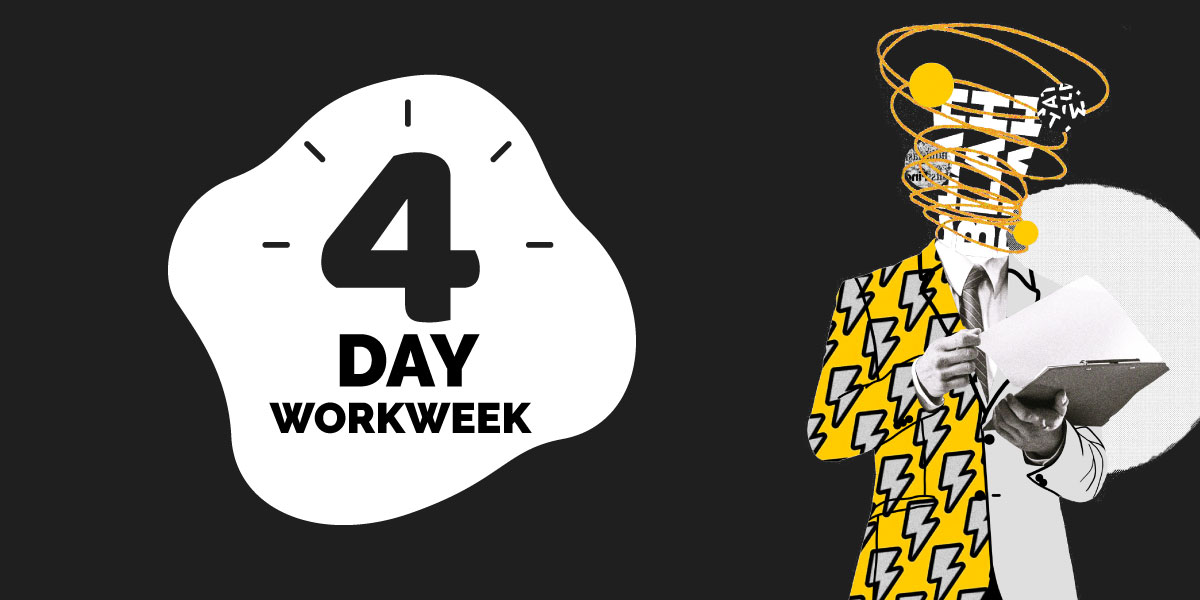I don’t want to pay an arm and a leg….
…. but sometimes it’s a good idea!
Let’s say your website is really, really old. It’s got a link to your Myspace. It’s got a “new website coming fall 2012!” banner. Nobody had smartphones when it was built, and the thing looks like blurry garbage on those tiny screens. You’re so overdue for an update that you don’t even know who to ask. So you hop on Google, click the first, cheapest, promoted link you see and give them a call, fingers crossed. Well, there’s an old saying that’s about to fit your situation….
“You get what you pay for.”
Maybe you’re on a tight budget. Pretty common in 2023, for sure. And there are certainly plenty of justifiable reasons to trim the fat where you can. However, cutting your design budget isn’t one of them, and could end up costing you a lot more for repairs and upkeep in the long run. When it comes to design, cheaper isn’t worth it.
Cheap, shoddy design work is as common as it is easy to spot. Here are a few red flags:
Poorly designed logos: As the face of your brand, your logo must stand out from competitors in every possible way. It’s gotta look fresh, new and you! Bad design work more frequently produces logos that are boring, generic and forgettable.
Bad typography: The best designers have a wealth of fonts at their disposal, and an almost superhuman ability to see what is needed for each client and situation. Choosing cheaper design work can often result in poor font choices and awkward text placement.
Lack of attention to detail: When choosing a less expensive option for design needs, it can also mean you are choosing a busier, more factory-oriented company that can’t devote time to the minute details that, when ignored, can turn into problems. We’re talking spacing, placement and functionality.
Poorly optimized images: Bad design work can also result in low-resolution graphics, or images that can take too long to load in browsers. Great design is meant to present you to the world. Why risk having your coming out party ruined by bad images and clunky websites?
A great design firm takes companies to the next level, brings them a wider audience and garners them the attention they need to succeed. Choosing the cheaper option might exceed your expectations, sure, but will more likely provide clients with work that’s subpar or, worse, unusable.
In design, the aesthetically pleasing must come together with functionality. A cheap design might look good on the surface, but the surface isn’t just what clients and potentials see. Upon digging deeper, ragged edges can begin to show and even drag the whole product down with them. There’s nothing worse than a bad user experience, and poor functionality is something to be avoided at all costs. If a sale is your end goal, then getting there should be easy peasy – a cool breeze on a hot day.
So how do you spot a bad design firm? Here are some things to look out for….
Lack of transparency: From the beginning, you’ll want to look for clearly communicated pricing, access to their process and revisions. Are they well-defined? A good firm is open and honest with you from start to finish. A bad one will give you the runaround.
Missed deadlines and low-quality product: You’ve got a business to run. You’ve got an action plan and a calendar. You’ve also got expectations on the quality you’re paying for, and when you’ll be receiving it. If they’re ignoring your needs and timeline, it may be time to unhitch your wagon
Bad listeners: If a design firm isn’t paying attention to your needs, or communicating effectively throughout, you won’t receive an end result that satisfies, and you could end up paying considerably more just to fix their mistakes.
Lack of creativity and originality: Look at their previous jobs. If you’re seeing a lot of templates and recycled ideas in much of their work, then it’s best to keep looking.
Investing in a high-quality design firm will benefit you greatly in the long run. You’re paying more to avoid all the pitfalls listed above, as well as future proofing. With your eyes on, hopefully, many years of success ahead, your future will thank you for the choices you’re making today. When investing in your business, the last corner you should be cutting in your budget is quality.
Cheap design firms may seem like a great money-saving idea in the moment but, “it seemed like a good idea at the time” is something else you don’t want to be saying later on. Instead, investing in a firm with a proven track record for high-quality designs and consistent results that reinforce their price point might be the solution you’ve been dancing around this whole time. Maybe it’s finally time to take the plunge and get your job done right.
Because, and this bears repeating: When it comes to design firms, you really do get what you pay for.
